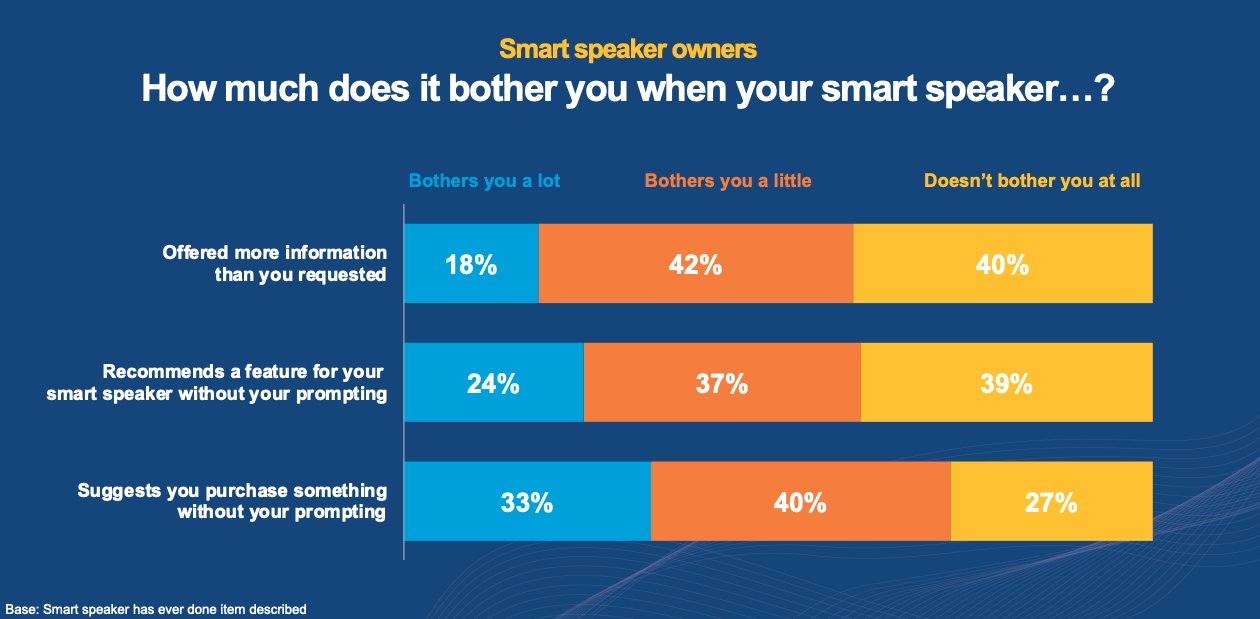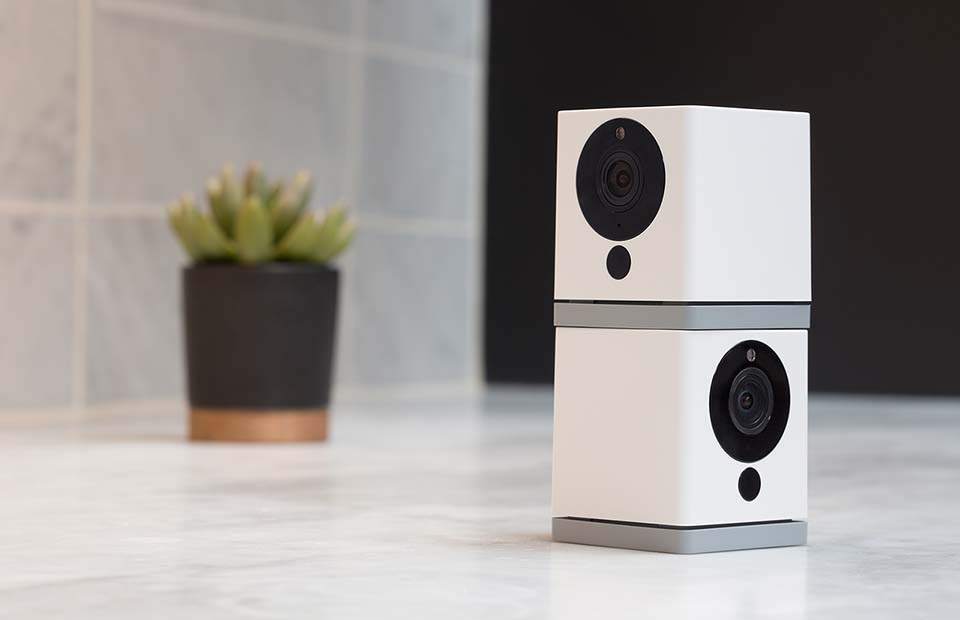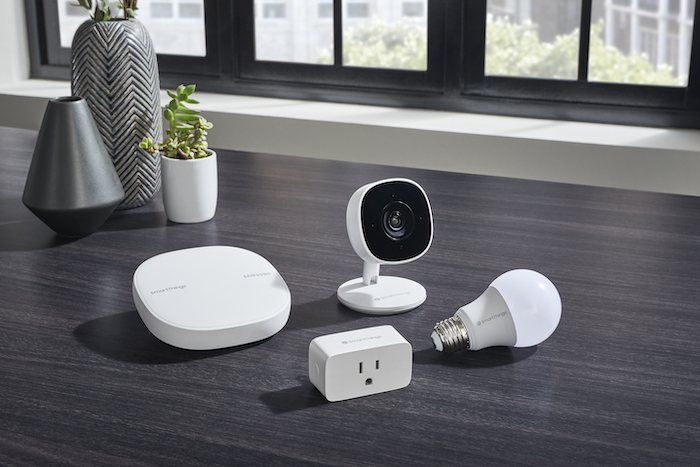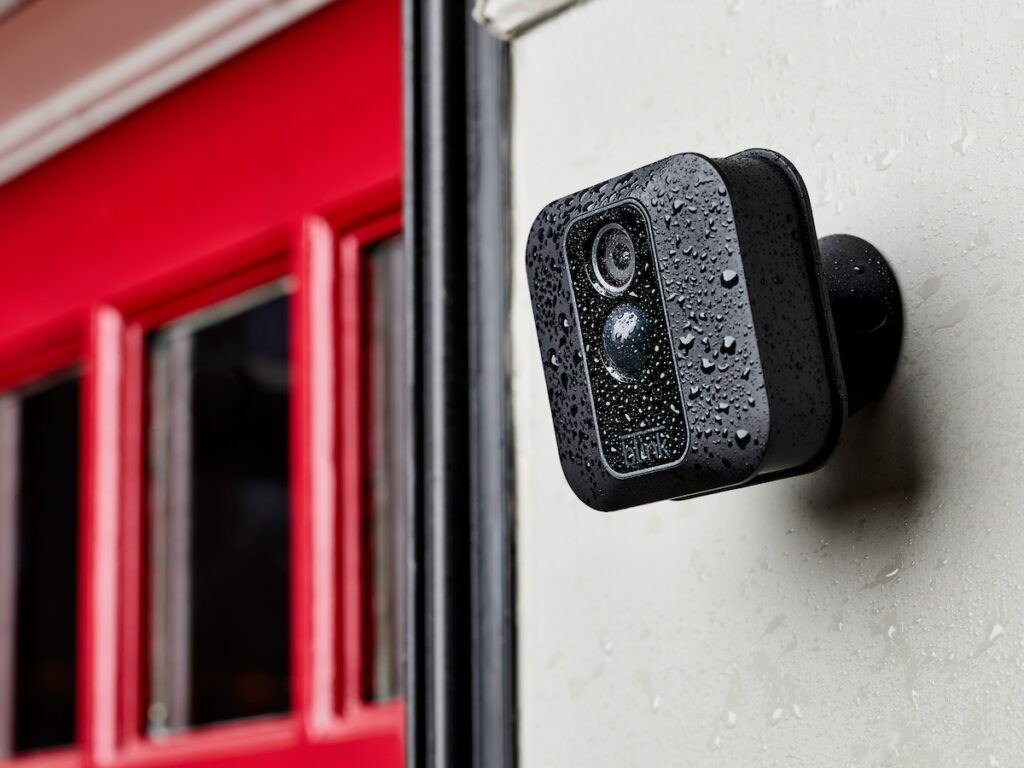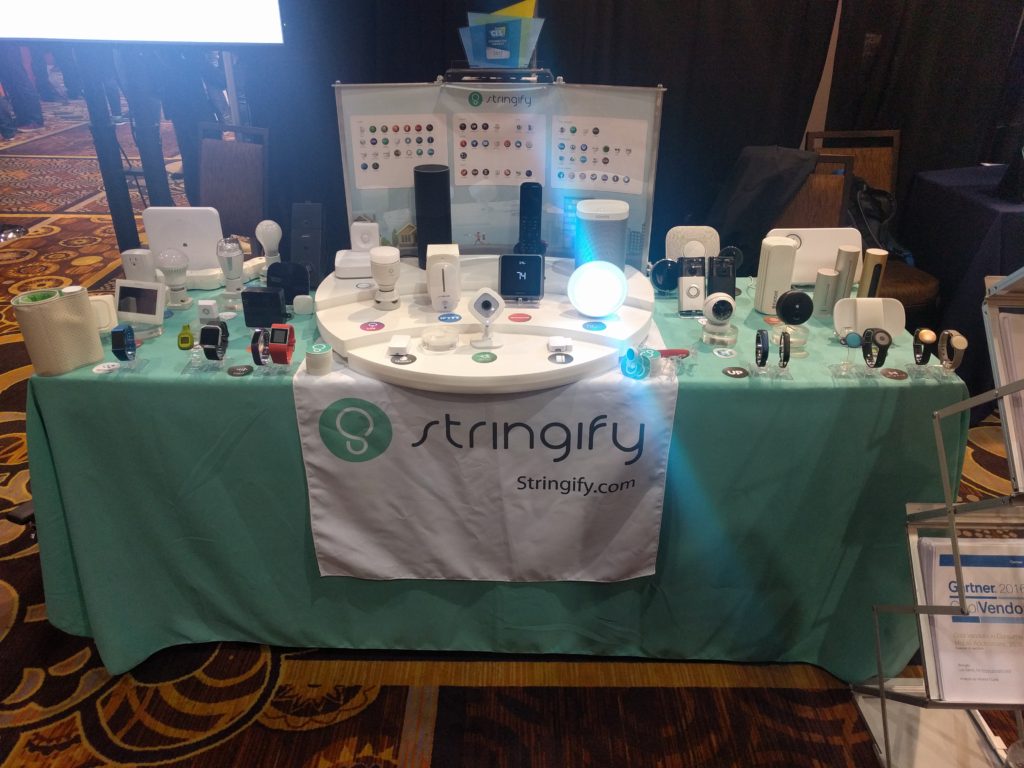This week we cover the Ericsson mobility report that offers some stats on cellular IoT connections, including the surprising nugget that we won’t see 4G/5G connections surpass 2G/3G connections until some time next year. Then we hit another report. This one is from NPR and covers the state of audio and smart speakers. It proves that growth is slowing for smart speakers and that we may not do as many things with voice as we think. In dystopian news we cover China using COVID tracking apps to lock down protesters, and Microsoft stopping sales of some facial recognition tools. In new product news we talk about the latest Philips Hue gear, a new material that could generate electricity for wearables, and new MCUs from NXP. We also address the closure of SmartDry and explain how Google’s update on the Nest Max Hub may break your Nest x Yale lock. We end by answering a listener question about more accurate motion sensors.
Our guest this week is Daniel dos Santos, head of security research at Vedere, a business unit of Forescout. He’s on the show to discuss why Forescout released 56 new OT vulnerabilities dubbed ICEFALL. He shares the design flaws that led to these vulnerabilities and more importantly, explains what needs to happen if compromised controllers or devices can’t be fixed. He also shares a startling stat about how many industrial customers are actually updating their devices after a vulnerability has been disclosed, and how to encourage more of them to address security flaws. If you want to learn more abut securing critical infrastructure, this is a good place to start.
Hosts: Stacey Higginbotham and Kevin Tofel
Guest: Daniel dos Santos, head of security research at Forescout
Sponsors: Nordic Semiconductor and Wirepas
- There are still more 2G and 3G IoT connections than 4G/5G ones
- With smart speakers it’s the same as it ever was
- Are the new Hue track lights for you?
- The ICEFALL vulnerabilities are a sign of progress actually.
- This vendor says only one in ten patch their OT gear
Podcast: Play in new window | Download | Embed
Subscribe: RSS

